Anchor-mooring equipment
The key requirement for equipment used on drilling platforms and sea vessels is reliability and high durability. Anchor-mooring spread, being an offshore type of equipment is an essential part of realization of projects in the shelf area. Our Company offers a large variety of products for use on ships, drilling platforms and seaports. The introduced equipment is manufactured up to the state of the art technology and is certified and licensed as applicable.
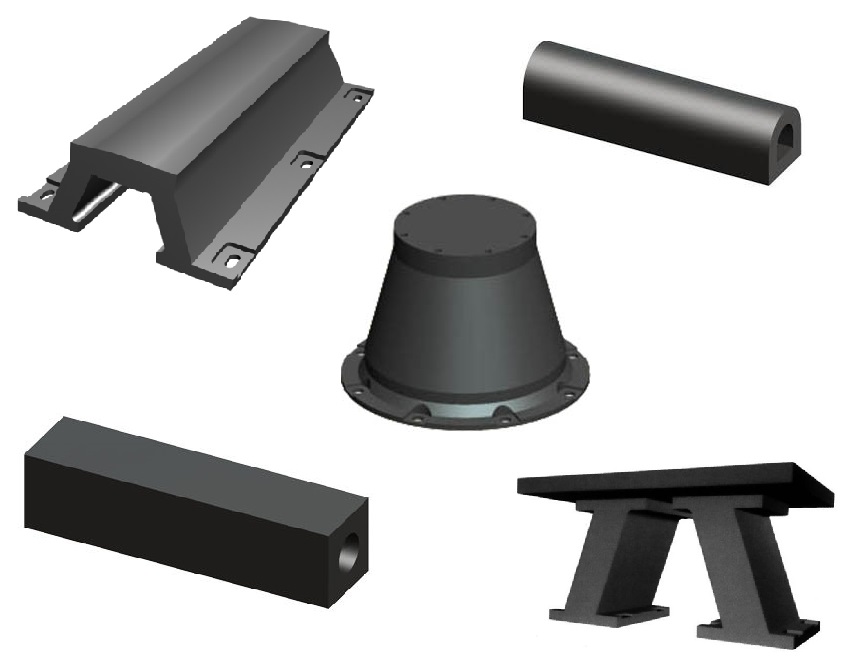 Rubber fenders are always used in boats, docks, vessels, etc. Our customer has a wide range of sizes to choose. Our professional team can also provide the most suitable recommendation according to the customer’s demands. With complete supporting facilities and inspection devices, all the orders will execute timely with high efficiency.
Rubber fenders are always used in boats, docks, vessels, etc. Our customer has a wide range of sizes to choose. Our professional team can also provide the most suitable recommendation according to the customer’s demands. With complete supporting facilities and inspection devices, all the orders will execute timely with high efficiency.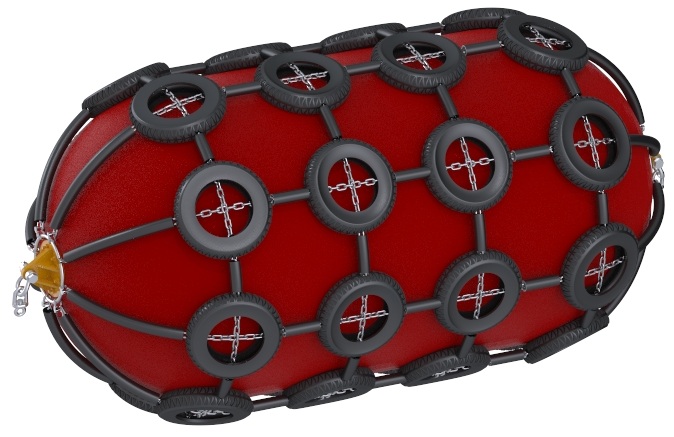 Pneumatic fenders are ideal for permanent and semi-permanent port applications and for offshore ship-to-ship transfers. They are supplied in a wide range of sizes and in standard of high-pressure versions. Smaller fenders can be supplied as Hook type. Larger fenders are commonly fitted with a chain-tyre net for added protection. For navy ships, a grey body is also available.
Pneumatic fenders are ideal for permanent and semi-permanent port applications and for offshore ship-to-ship transfers. They are supplied in a wide range of sizes and in standard of high-pressure versions. Smaller fenders can be supplied as Hook type. Larger fenders are commonly fitted with a chain-tyre net for added protection. For navy ships, a grey body is also available.

Bittsare paired vertical wooden or iron posts mounted either aboard a ship or on a wharf, pieror quay. The posts are used to secure mooringlines, ropes, hawsers, or cables.Bitts are carefully manufactured and maintained to avoid any sharp edges which might chafe and weaken the mooring lines.
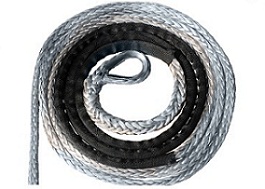
These heavy marine ropes are carefully engineered to take full advantage of the physical and chemical properties of the various fibers employed. The extra cost of high performance rope is often offset by longer life and superior strength allowing the use of smaller, lighter rope. Below are a few successful applications for our high performance braided rope
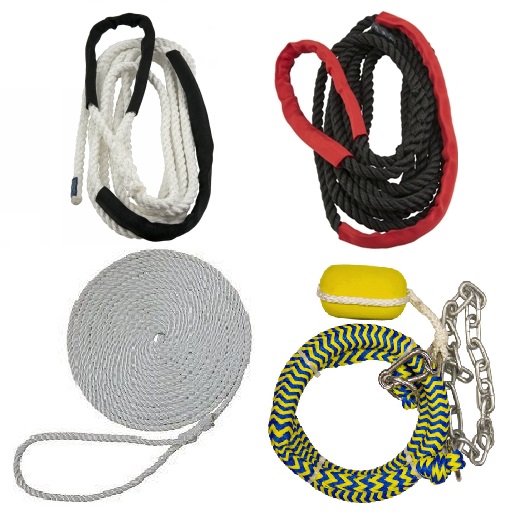
Whether you call them mooring lines, mooring pennants, or mooring pendants, you want to find your boat safe at its mooring when you arrive there. You never want to get that terrible message that your mooring line has broken. You will find a large selection of high-quality mooring lines at TechnoHub Trading. You can choose from our stock selection, or have what you need custom-made. Buy your lines from us because they will work well, they will be the quality you need, the price is right, there is no shipping charge in the lower 48 and they all carry our personal guarantee. You must be happy with your purchase or we will fix it. We have the following line types available. Each and every mooring line we sell will keep your boat safe as long as it’s used correctly.
A number of factors should be considered when selecting a mooring line, such as
- intended use or application,
- potential abrasion issues,
- surface preparation,
- rope design/construction,
- chafe protection,
- proper installation procedures,
- inspection schedule, and
- retirement criteria.
TechnoHub works with you to ensure that there is a comprehensive understanding of each of these considerations to ensure a long service life and mitigate unnecessary failure.
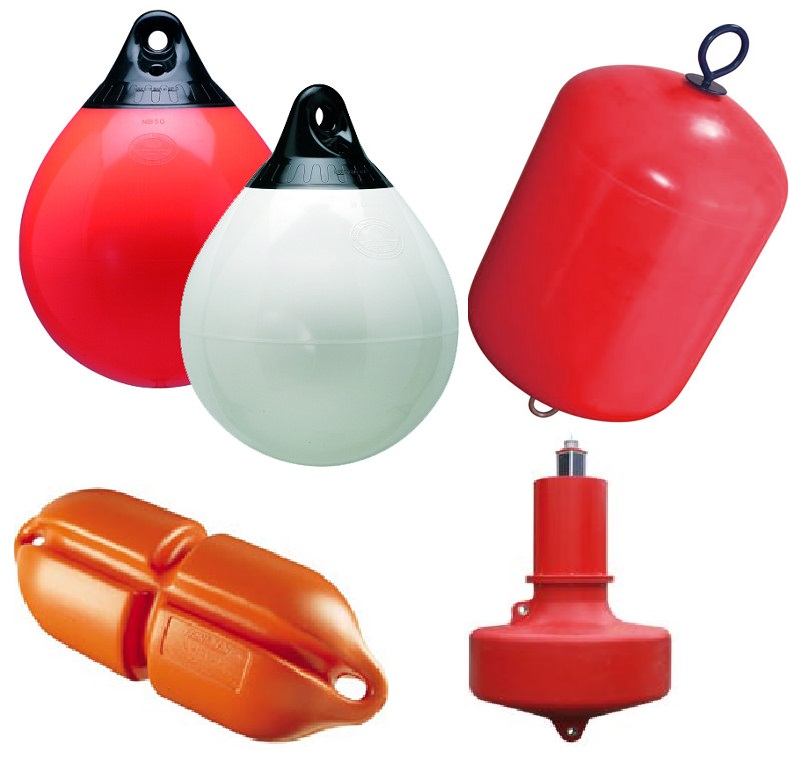 A sea mark, also seamark and navigation mark, is a form of aid to navigation and pilotage aid which identifies the approximate position of a maritime channel, hazard and administrative area to allow boats, ships and seaplanes to navigate safely.
There are three types of sea mark:
beacons – fixed to the seabed
buoys – consisting of a floating object that is usually anchored to a specific location on the bottom of the sea or to a submerged object
A type of cairn built on a submerged rock/object, especially in calmer waters.
Sea marks are used to indicate channels, dangerous rocks or shoals, mooring positions, areas of speed limits, traffic separation schemes, submerged shipwrecks, and for a variety of other navigational purposes. Some are only intended to be visible in daylight (daymarks), others have some combination of lights, reflectors, bells, horns, whistles and radar reflectors to make them usable at night and in conditions of reduced visibility.
Marks are shown on nautical charts, using symbols that indicate their colour, shape and light characteristic, and are usually identified by name or number.
A sea mark, also seamark and navigation mark, is a form of aid to navigation and pilotage aid which identifies the approximate position of a maritime channel, hazard and administrative area to allow boats, ships and seaplanes to navigate safely.
There are three types of sea mark:
beacons – fixed to the seabed
buoys – consisting of a floating object that is usually anchored to a specific location on the bottom of the sea or to a submerged object
A type of cairn built on a submerged rock/object, especially in calmer waters.
Sea marks are used to indicate channels, dangerous rocks or shoals, mooring positions, areas of speed limits, traffic separation schemes, submerged shipwrecks, and for a variety of other navigational purposes. Some are only intended to be visible in daylight (daymarks), others have some combination of lights, reflectors, bells, horns, whistles and radar reflectors to make them usable at night and in conditions of reduced visibility.
Marks are shown on nautical charts, using symbols that indicate their colour, shape and light characteristic, and are usually identified by name or number.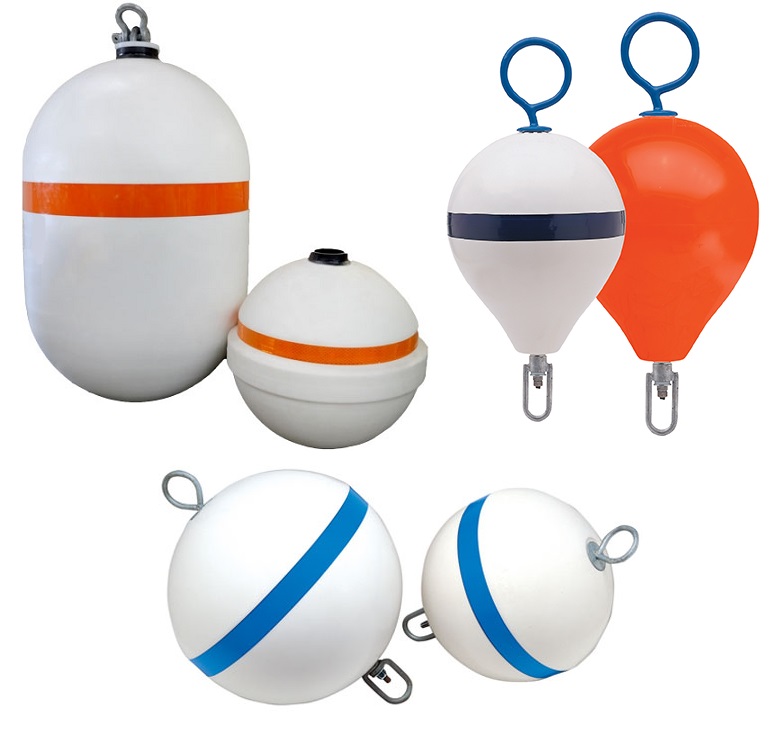 Mooring buoys have been placed for boaters to secure their boat to without the use of an anchor. They consist of three elements: a permanent fixture to the bottom, a floating buoy at the water’s surface, and a line that connects the two. Boaters tie up to the buoys and are afforded a secure way to prevent their boat from drifting away, crashing into other boats, or running aground on sensitive habitat.
Mooring buoys have been placed for boaters to secure their boat to without the use of an anchor. They consist of three elements: a permanent fixture to the bottom, a floating buoy at the water’s surface, and a line that connects the two. Boaters tie up to the buoys and are afforded a secure way to prevent their boat from drifting away, crashing into other boats, or running aground on sensitive habitat.
A permanent mooring must remain secure for long periods while unattended, occasionally under adverse conditions. For peace of mind, it should be properly sized for the job, and determining the minimum size has a lot to do with the conditions under which the boat is moored, the amount of fetch for waves to build up, and whether your mooring is a temporary one, designed for overnight use in fair weather, or a mooring capable of riding out a hurricane. Below are the basic components.
Anchors
Several types are in common use, and we’ll review them in order of their holding power, from the wimpiest to the most tenacious:
Concrete Blocks: Many boats use 50-gallon drums filled with cement, concrete blocks, auto engine blocks, and other types of dead weight. This type provides the least holding power, working on the principle of sheer weight, but is reliable if pulled out of the bottom. If they drag, they will resist motion with a constant amount of force. Note that concrete loses over half of its weight when submerged in water, so a mooring is designed to withstand a 500lb. the pull will need 1,000lb. of concrete.
Mushroom Anchor: the most common type of mooring anchor is the mushroom, which, under ideal conditions, with the right kind of bottom, can dig in, create suction and develop good holding power. Mushroom anchors work best in a silt or mud bottom, and are not as effective in rocks or coarse sand. If a mushroom gets pulled out of the bottom, it is less likely to reset itself completely, and will merely skip along across the bottom. A weight of 5-10 times boat length is a good rule of thumb, as a bare minimum. The heavier the better, as long as you don’t have to move it.
Pyramid Anchor: The cast-iron Dor-Mor pyramid anchor is a superior alternative to the mushroom. Its smaller size, concentrated weight, and pyramid shape allow it to embed itself more rapidly, and its holding power (at a scope of 3:1) is up to about ten times its weight. Recommended by Practical Sailor/Powerboat Reports in 2009.
Helical Screw: while the above types rely on holding power on sheer weight or a combination of weight and embedding themselves in the bottom, the helical anchor is screwed into the seabed, usually by a barge-mounted hydraulic device. Helical screws have long, high-tensile steel shafts (8′ length is common) with large screw threads (10″ to 14″ diameter) on the bottom and an attachment eye at the top. These professionally-installed anchors, originating in the offshore oil industry, have gained popularity with recreational boaters since the 1990s, and have the most extreme holding power in relation to their weight.
